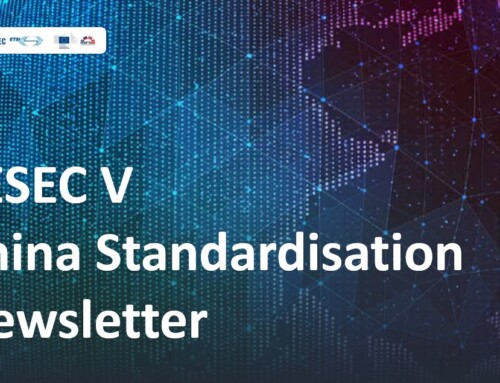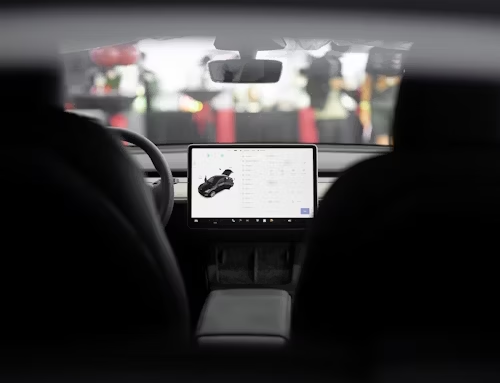On 30 March, 2024, the 2024 International SparkLink Alliance Industry Summit was held in Shenzhen. During the event, 21 SparkLink 2.0 short-range wireless communication standards were released by the SparkLink Alliance.
The SparkLink Alliance is an industry organization founded in September 2020, comprising nearly 1,000 companies and organizations from the short-range wireless communication industry supply chain, research institutions, and standardization organizations. Its members include standardization bodies, such as CNIS and CESI; research institutions, such as CAICT and CATARC; and companies, such as Huawei and China Mobile. The SparkLink Alliance aims to promote the development of China’s NearLink new generation wireless short-range communication technology and establish an industry ecosystem to support the emerging applications of smart vehicles, smart homes, smart terminals, and intelligent manufacturing. NearLink technology boasts ultra-low latency, ultra-high reliability, and precise synchronization, with advantages over traditional short-range wireless communication technologies like Bluetooth and WiFi, for instance concerning power consumption, transmission rate, latency, the number of connections, etc.
Standards form a crucial part of SparkLink’s work. In November 2022, the Alliance published the SparkLink 1.0 standard, consisting of 12 standards that cover the access layer, foundational service layer, general aspects (architecture, identification, etc.), security, and testing for new generation short-range wireless communication. SparkLink has now released 32 association standards, creating a comprehensive end-to-end protocol system that fully supports native audio/video, human-computer interaction, and positioning applications.
Meanwhile, the Sub-Technical Committee for Data Communication of the National Information Technology Standardization Committee (TC28/SC6) is drafting two new national standards for short-range wireless communication: “Information Technology – Specification for Polar Code-Based Low-Power Wireless Communication Networks – Part 1: Physical Layer” and “Information Technology – Specification for Polar Code-Based Low-Power Wireless Communication Networks – Part 2: Data Link Layer.” The English version of both standards are being developed simultaneously.
NearLink is an independent solution for short-range wireless communication, distinct from Bluetooth and WiFi. It represents China’s long-term pursuit of technological autonomy, while laying the groundwork for China to lead in next-generation wireless short-range communication technology.




